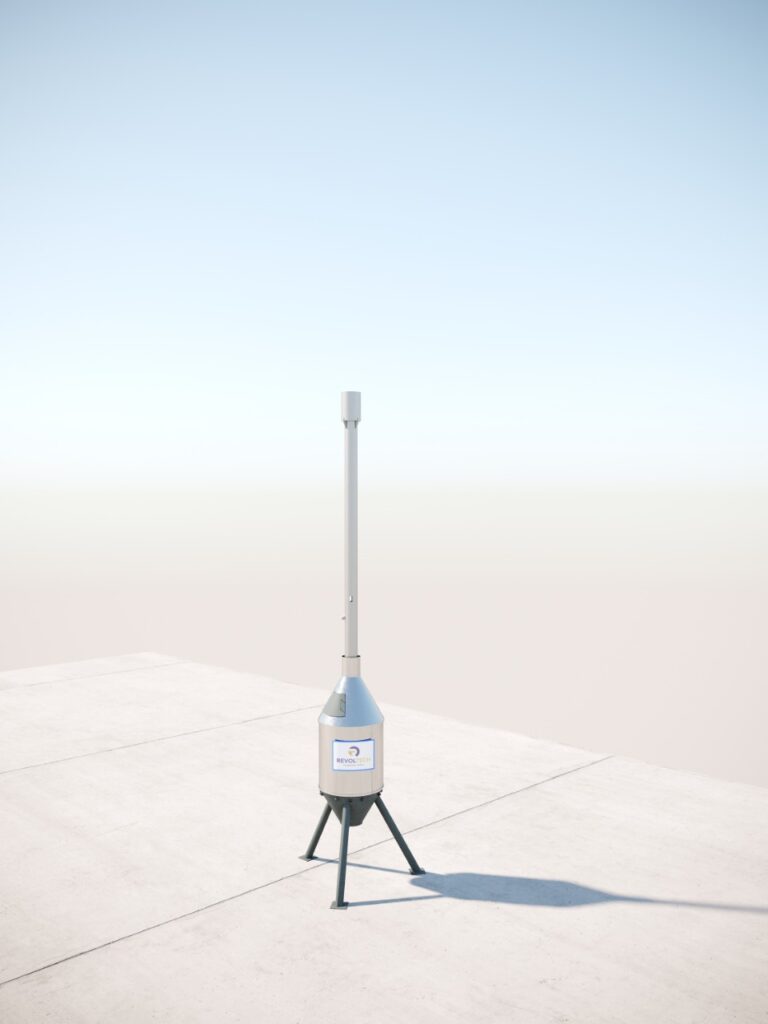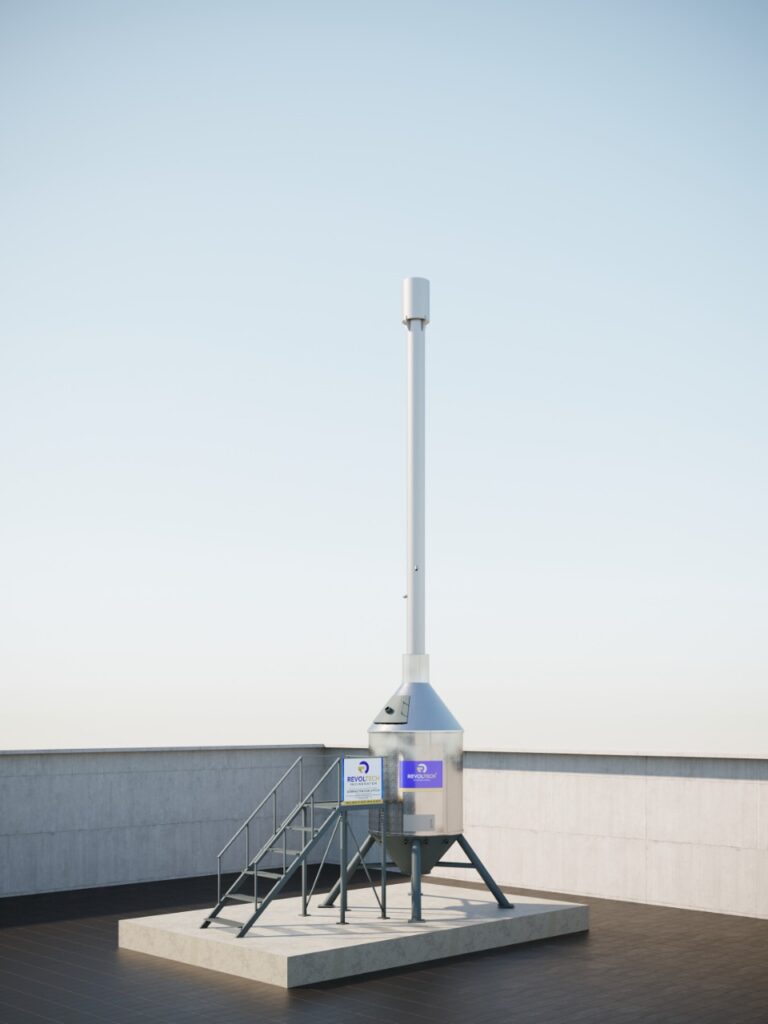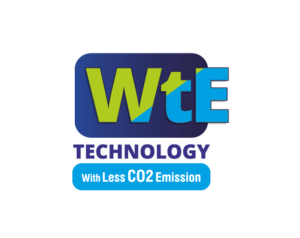The process
“It’s a journey, and together we can achieve better.”
01
What is Incinerator ?
Incinerators play a crucial role in today’s waste management strategies by significantly reducing the volume of waste and generating useful energy in the process. They are especially vital in biomedical waste management, where safe and efficient disposal is critical to preventing health hazards. By converting non-recyclable materials into ash, gases, and heat, incinerators help minimize landfill dependency and lower environmental impact. Modern waste management incinerator solutions incorporate cutting-edge technologies and adhere to strict regulatory frameworks to ensure safe, efficient, and sustainable waste processing, paving the way for a cleaner future.
Across urban areas, industrial zones, and healthcare facilities, incinerators provide an effective solution for disposing of non-recyclable waste—especially where landfill space is limited. Designed to comply with stringent environmental regulations such as the EU Waste Incineration Directive and the EPA standards, contemporary incinerators are equipped with advanced pollution control systems. These systems enable them to reduce waste volume by up to 90%, operating at high temperatures ranging from 850°C to 1,200°C. Many facilities also harness waste-to-energy (WTE) technologies, converting the heat produced during incineration into steam or electricity. Countries like Sweden, Denmark, and Japan have successfully integrated incineration into their waste management strategies, demonstrating its effectiveness in reducing landfill dependence while contributing to sustainable energy generation.
1.Waste Disposal can be done easily
through Revolburn
Revoltech is a waste treatment method that involves burning organic materials found in waste. This process converts solid waste into ash, flue gas, and heat. It is designed to reduce the volume of solid waste, typically by around 90%, and the solid mass of the original waste by around 80%. Compared to other waste disposal options such as landfilling and autoclaving, Revoltech offers lower environmental impacts.
Revoltech is equipped with advanced technologies and systems to ensure efficient and environmentally friendly waste disposal. For example, air pollution control devices such as memorine scrubbers and filters are used to remove harmful emissions and minimize the impact on air quality. Heat recovery systems are also incorporated to capture and utilize the generated heat energy for various purposes, such as electricity generation or heating. Overall, Revoltech is an effective and sustainable solution that can help reduce the volume of waste and minimize the environmental impact of waste disposal.



02
What is scrubber ?
Water scrubbing is a widely used method for removing CO₂ and other contaminants from industrial exhaust or flue gases. It uses fine water sprays to capture particles and gases, helping reduce air pollution and meet environmental standards. This process not only removes pollutants but also cools the gas stream, making it ideal for various industries like power plants, chemical factories, and refineries.
In Waste Management in Kerala and beyond, water scrubbing enhances emission control, especially in incineration systems. It also offers safety benefits by handling flammable gases. However, it generates slurry effluent that requires proper treatment and uses energy for operation and maintenance. Despite these challenges, water scrubbing remains a key solution for cleaner, safer industrial emissions.
Advantages
- New Advanced Model Scrubber Helps to remove 20% Additional C02 Than Older Version
- New Model Double Cylinder Help for The Perfect Purification of C02
- Can handle flammable and explosive dusts with little risk
- Provides gas absorption and dust collection in a single unit
- Provides cooling of hot gases
- Compact; can often be retrofitted into existing collection systems
- Corrosive gases and dusts can be neutralized
- Easy Maintenance
- Erected with Supporting leg
Working Process of Revolburn
Revoltech efficiently transforms solid waste into ash by harnessing the calorific value present in the waste to generate heat energy. This process, which takes only a matter of hours, does not rely on electricity or fossil fuels. The combustion air is naturally provided through draft ports at the bottom of the unit, eliminating the need for electricity. Waste burners consist of dual- chambered units where the waste is elevated off the bottom using grates. The ash produced during burning falls through the grate into the bottom cone and can be easily removed through an opening door.
The design of Revoltech ensures that combustion air is well mixed with the burning waste, thanks to draft ports at the bottom of the unit and metal grating on all surfaces. This promotes efficient combustion throughout the burning process. The refractory brick/paste lining enhances heat retention for an extended period. The seamless material construction offers excellent resistance to corrosion, ensuring a long product life. The cylindrical design enhances structural strength and prevents expansion-related structural faults due to high temperatures. Additionally, high-quality ceramic blanket Insulation within the double-hull steel structure prevents high skin temperatures for the waste burner.
01
Decreases Quantity of Waste
Incinerators can reduce waste volume by up to 95% and solid mass by 80–85%, depending on the waste composition. This considerable reduction decreases reliance on landfills, positioning incineration as an economical and space-efficient approach to waste management. It is particularly valuable in biomedical waste management, where the safe and timely disposal of infectious and hazardous materials is crucial to preventing serious health and environmental risks.
This approach is especially significant in countries with limited land availability, such as Japan. Landfills consume vast areas that could be allocated for more productive uses. By integrating incineration into their overall waste strategies—especially for biomedical waste management—these nations can optimize land use while ensuring the safe, compliant, and effective treatment of medical and general waste.
02
Efficient Waste Disposal Technologies
Incineration is a key component of modern waste treatment, efficiently reducing waste volume by up to 90%. Unlike landfills, which rely on slow decomposition, incineration addresses both organic and non-organic waste, preventing non-biodegradable materials from occupying valuable land and posing environmental risks.
In biomedical waste management, incineration is especially important for the safe disposal of infectious and hazardous materials. By utilizing high-temperature combustion, it minimizes waste volume and mitigates long-term challenges related to medical waste. Additionally, incineration supports sustainability through waste-to-energy systems, generating electricity and heat. As urbanization expands and land becomes scarce, incineration plays an essential role in both biomedical waste management and overall sustainable waste practices.
03
Production of Heat and Power
Incineration plants manage waste efficiently while generating energy for electricity or heating. Gaining prominence in the 1950s due to rising energy costs, many countries began harnessing the heat from waste management incinerators. Using steam turbines, these plants convert waste into power, meeting local energy needs.
A single incineration facility can process up to 300 million tons of waste annually, reducing reliance on coal-fired power plants. This dual benefit of waste management and energy generation makes incineration a sustainable alternative to traditional energy sources.
In regions like Europe and Japan, waste incinerators contribute to heating systems. For example, Sweden generates about 8% of its heating needs from waste incinerators, reducing fossil fuel reliance and promoting sustainability.
04
Reduction of Pollution
Research has shown that solid waste incinerators are less likely to pollute the environment than landfills. One particular study done during a 1994 lawsuit in the US showed that a waste incinerator location was more environment-friendly compared to a landfill. The research discovered that the landfill was releasing higher quantities of greenhouse gases, nitrogen oxides, dioxin, hydrocarbons, and non-methane organic compounds.
Landfills also leach poisonous chemicals into the water below, thus contaminating underground water systems. Revoltech International: On average, a single facility can burn up to 300 million tons of garbage every year, converting it into power and, at the same time, reducing the load on coal-fired power plants, which of course, are a disaster for the environment.
Moreover, Europe and Japan have now integrated incinerators into modern heating systems. For example, Sweden generates 8% of its heating needs from waste incinerators. Furthermore, other countries that have cold weather utilize the heat from the incinerators for warming their homes and places of work in areas near the plant.
05
Incinerators Have Filters For Trapping Pollutants
A major concern with incineration has been the release of harmful compounds like dioxins. Modern incinerator plants now use advanced filtration systems to trap gases and particulate matter, ensuring emissions stay within EPA and international environmental standards. This makes them a safer and more eco-friendly solution, especially in biomedical waste management, where safe disposal is critical.
Beyond waste treatment, incinerators are also used for energy recovery. In countries like Sweden and Japan, the heat generated is used to warm homes and workplaces, demonstrating how incineration supports both waste reduction and energy needs. As technology advances, incinerators continue to play a key role in sustainable waste management and energy production.
06
Saves on Transportation of Waste
Incineration plants can be located near cities or towns, offering several advantages. One of the key benefits is the significant reduction in transportation distances, as waste does not need to be hauled over long distances to a landfill. This reduces transport costs, enabling funds to be redirected toward improving community wellbeing and supporting the growth of the city or district. Additionally, the shorter transportation distances help lower harmful emissions from vehicles, further decreasing the overall carbon footprint associated with waste disposal.
Moreover, many regions, including Europe and Japan, have integrated incinerators into modern heating systems. For instance, Sweden generates approximately 8% of its heating needs from waste incinerators, demonstrating the efficiency of this dual-purpose technology. In countries with cold climates, the heat from incinerators is also used to warm homes and workplaces near the plants, providing a sustainable and localized energy source.
07
Provides Better Control Over Odor and Noise
Incineration plants, a key component of Waste Disposal Technologies, help reduce unpleasant odors by burning waste at high temperatures, preventing the decay process found in landfills. Unlike landfills, where waste decomposition releases foul-smelling gases and methane—which can cause explosions and noise pollution—incinerators provide a controlled, odor-free process. This makes incineration a cleaner, safer alternative for waste management, benefiting both air quality and community well-being.
08
Prevents the Production of Methane Gas
In contrast, incineration plants do not produce methane during waste processing, making them a safer and more environmentally friendly alternative. By eliminating the conditions required for methane generation, incineration reduces greenhouse gas emissions and minimizes the environmental hazards associated with landfills.
Additionally, incineration offers the benefit of waste-to-energy conversion, generating electricity and heat that can be used to support local infrastructure. This dual advantage of safety and energy recovery makes incineration a valuable tool in modern waste management incinerator, particularly for urban areas with limited land availability.
09
Eliminates Harmful Germs and Chemicals
Incineration plants operate at extremely high temperatures, effectively destroying harmful germs, pathogens, and hazardous chemicals. This makes incineration a highly reliable and efficient method for managing clinical waste, which often contains infectious or toxic materials.
By completely neutralizing biological and chemical hazards, incineration ensures that clinical waste does not pose a threat to public health or the environment. Additionally, the process reduces the volume of medical waste significantly, making its disposal safer and more manageable.
10
Incinerators Operate in Any Weather
One of the key advantages of incinerators as part of Waste Disposal Technologies is their ability to operate in any weather conditions. In contrast to landfills, where rainwater can create harmful leachate by washing poisonous chemicals into the ground, incinerators burn waste in a controlled environment, preventing leakage or contamination of the surrounding land and water sources.
Similarly, during windy conditions, waste in landfills can be blown into nearby areas, causing pollution. Incinerators, however, remain unaffected by weather changes and operate 24/7, ensuring continuous and efficient waste management. This makes incineration a more reliable, safe, and environmentally friendly alternative to landfills for handling waste.
11
Biomedical Waste Management
Biomedical waste management involves the safe handling, treatment, and disposal of waste generated from healthcare facilities such as hospitals, clinics, laboratories, and research centers. This includes materials like used syringes, bandages, surgical tools, and pathological waste that may pose serious health and environmental risks if not managed properly. Effective biomedical waste management ensures compliance with regulatory standards, prevents the spread of infections, and protects both public health and the environment through eco-friendly and scientifically approved disposal methods.
12
It has a Computerized Monitoring System
Governments, cities, institutions, or private waste management companies can invest in incinerators equipped with computer systems that facilitate troubleshooting. These systems allow operators to identify and address potential issues before they escalate into more serious, costly problems. The use of computers also simplifies operations, enabling operators to monitor the efficiency and performance of the incinerator plant in real time, optimizing waste processing and reducing downtime.
In addition to their waste management capabilities, incinerators are increasingly integrated into modern heating systems in various regions. Europe and Japan have been leading the way in this innovation. For instance, Sweden generates approximately 8% of its heating needs from waste incinerators. Countries with colder climates also utilize the heat from incinerators to warm homes and workplaces near the plants, making them an efficient and sustainable source of energy in addition to waste management.
13
Safe Disposal Methods for Biomedical Waste
Safe disposal methods for biomedical waste are essential to prevent the spread of infections and protect the environment. Common practices include incineration, autoclaving, microwaving, chemical disinfection, and deep burial—each chosen based on the type of waste. Proper segregation, handling, and treatment ensure that hazardous medical waste is neutralized before final disposal, helping healthcare facilities stay compliant with regulations and maintain public safety.
14
Occupies Relatively Small Space
Incineration systems occupy relatively small spaces compared to traditional landfills, making them a convenient and practical solution for waste management, especially in urban areas with limited land availability. Their compact nature allows for efficient use of space while still providing significant waste processing capabilities. This makes incineration an ideal option for cities or regions that need to manage large volumes of waste without sacrificing valuable land for disposal.
15
Uncontaminated Groundwater
Every time precipitation falls on landfills, it mixes with waste materials, forming a thick slurry known as leachate—a contaminated liquid resembling pea soup. This mixture can seep into underground aquifers, introducing pollutants like excessive salts, heavy metals, volatile organic compounds, and other toxic or corrosive chemicals found in household trash. The presence of leachate in groundwater can pose serious environmental and health risks.
In contrast, incineration does not contribute toxic elements to groundwater. The high-temperature combustion process ensures that harmful chemicals are safely destroyed, preventing their release into the environment. Incineration also eliminates the risk of chemical leakage from landfills, thereby protecting the soil and surrounding ecosystems from contamination.
Over 4500+ successful units delivered
Our success isn’t dependent on landfill dumping. With the help of REVOLTECH INTERNATIONAL
we can make this world a better place, talk to us for more info

